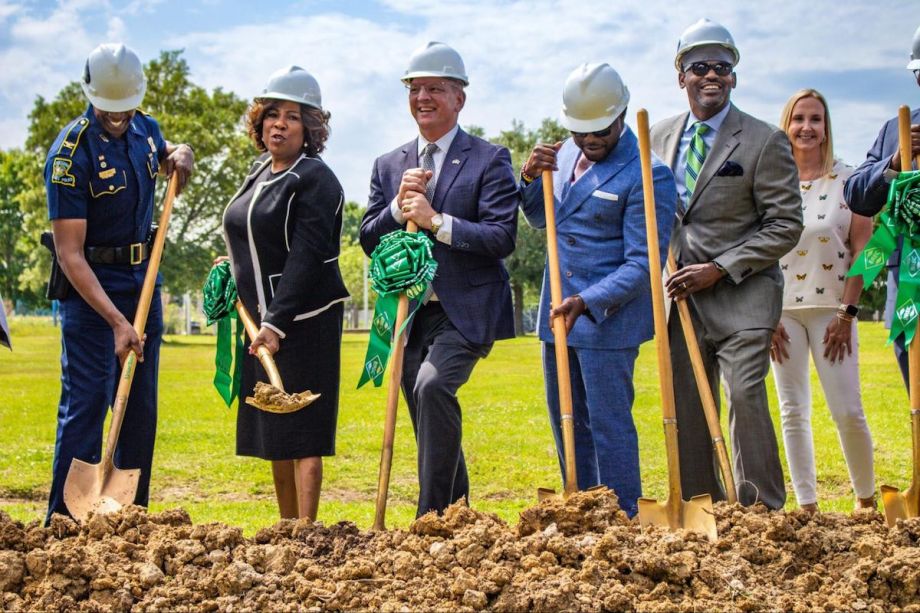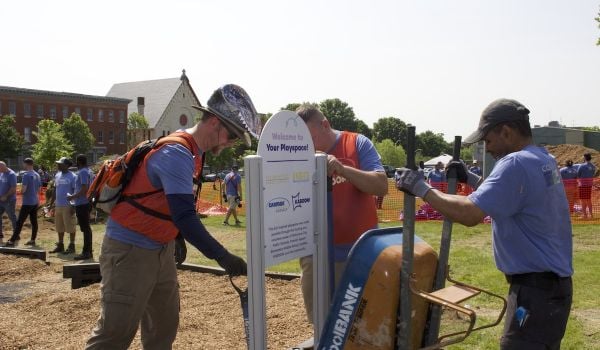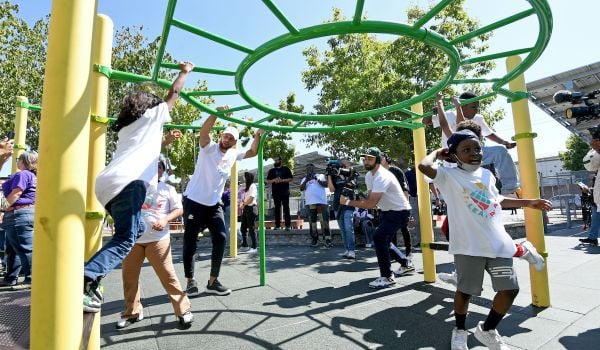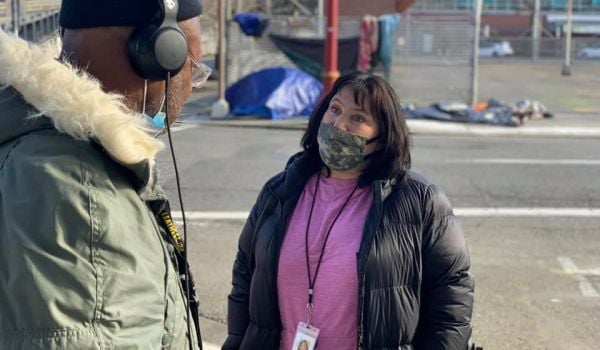In late 2020, voters in Portland, Oregon, overwhelmingly approved the Parks Local Option Levy (Parks Levy). Through a small increase in property taxes, the Parks Levy raises $48 million per year for five years, starting in 2021. The Parks Levy provides crucial operating funding for the Portland Parks & Recreation parks system and programs that provide recreation services and help conserve parks, nature, and clean water. While many cities use property tax to fund parks, Portland’s Parks Levy is unique because the city specifically prioritizes that funds are used to address disparities in park access. Where Portland is not unique, however, is in its need to increase green space.
The Park Equity Divide
One-hundred-million people in the U.S., including 28 million children, do not have access to a park within a 10-minute walk of home. Many of these children are from already marginalized communities. Data from Trust for Public Land show that in the 100 most populated cities, neighborhoods where most residents identify as Black, Hispanic, Latinx, American Indian/Alaska Native, or Asian American and Pacific Islander have access to an average of 44% less park acreage than predominantly white neighborhoods. A similar inequity is found in low-income neighborhoods. Even for those people who have a park nearby, their parks may be poorly maintained, unwelcoming or difficult to access safely.
The cause of this present-day inequity in park space and outdoor access is rooted in part in a long history of inequitable policy decisions, including redlining and racially restrictive covenants, that supported disinvestment of neighborhoods based largely on the racial makeup of residents.
But some cities, such as Portland, are now finding ways to tackle this park equity gap using some of the same levers that have contributed to it — such as policy change.
Specially, Portland’s Parks Levy ballot language was clear that use of Parks Levy funds would prioritize services for underserved communities. This language guides spending of the funding to provide “park and recreation services to diverse populations, including communities of color, seniors, teens, households experiencing poverty, immigrants and refugees, and people living with disabilities.” This explicit commitment, along with the city’s policies on equitable allocation, have led to spending on activities that center and prioritize underserved and historically marginalized communities.
The Portland Parks Levy received nearly $45 million in revenue in the fiscal year 2021-2022, of which about $19 million has been spent in the first year. Spending has included operational service changes such as adding a new maintenance team in East Portland, prioritization of tree planting and education and outreach in underserved areas (almost doubling the number of trees planted in priority neighborhoods), and increasing partnerships to drive participation in recreational programming, especially among the diverse populations the city aims to prioritize.
Fiscal policies that allocate resources through a lens of equity, such as Portland’s example, are part of a complex puzzle of multi-sector strategies that are needed to close the park equity gap. But what other policy solutions exist that can ensure cities focus on improving access to high-quality parks among the people that need them most?
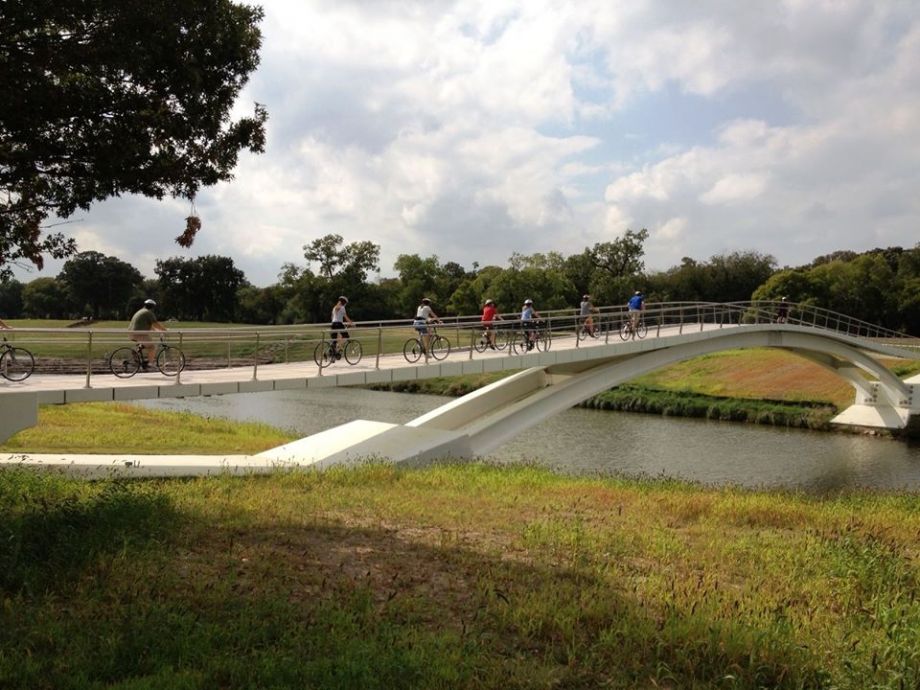
Bikers cross the Phyllis Tilley Memorial Bridge in Trinity Park, Fort Worth. (Photo courtesy of the City of Fort Worth)
Charting a Path Forward
This is a question that the Trust for Public Land’s 10-Minute Walk Program is looking to answer. Earlier this year, in partnership with the College of Charleston, the Program launched a project to develop a new, first-of-its-kind Park Equity Policy Framework. This Framework serves as a standardized list of policies that influence park investments. It is designed to help inform city action and investigate the state of the field. Using this Framework, the team is currently conducting a scan of city policies that will establish an understanding of how cities around the U.S. are supporting equitable park access.
The policies that impact park equity extend far beyond the parks and recreation sector. The Framework’s eight main categories represent a wide range of policies aimed at increasing access to parks and greenspaces in communities, including civic engagement, budget and finance, transportation, land use and housing, among others. The categories include:
- Parks Needs Assessments
- Community Engagement
- Public Finance Policies
- Maintenance Policies
- Shared or Joint Use Agreement Policies
- Land Use Policies
- Connectivity Policies
- Parks-Related Anti-Displacement Policies
The team is currently applying this framework by reviewing city plans, ordinances and policies to catalog the range of policies currently being used. Results of this scan, and recommendations for city leaders, will be released this fall.
“We’re committed to creating more places that bring us outside — parks, trails, playgrounds and public lands — and making them available and welcoming to everyone, everywhere. We envision a future where every community has safe, equitable access to a high-quality park within a 10-minute walk of home,” says Diane Regas, president and CEO of Trust for Public Land. “Cities are taking a variety of policy approaches to achieve similar goals around closing the park equity gap, and this scan is uncovering bright spots in each of these policy areas — allowing us to dig deeper to identify those policies that can serve as models for replication in other communities and ultimately improve people’s health, nurture their joy, and strengthen their connection to the outdoors and one another.”
Park Policy in Action
Already, there are innovative examples of how these types of policies advance park access, quality and equity, some of which were explored at TPL’s recent Mayor’s Roundtable “The Policy Roadmap to Parks for All.”
Among those is East Baton Rouge Parish, Louisiana, which has a long-standing history of community engagement. In 2004, voters approved a 20-year tax levy and the parish’s first parks strategic plan that led to a complete transformation of the parish park system. The Recreation and Park Commission for the Parish of East Baton Rouge, known to locals as BREC, used ongoing community engagement to build support for the tax and to craft a strategic plan that truly met the needs of residents.
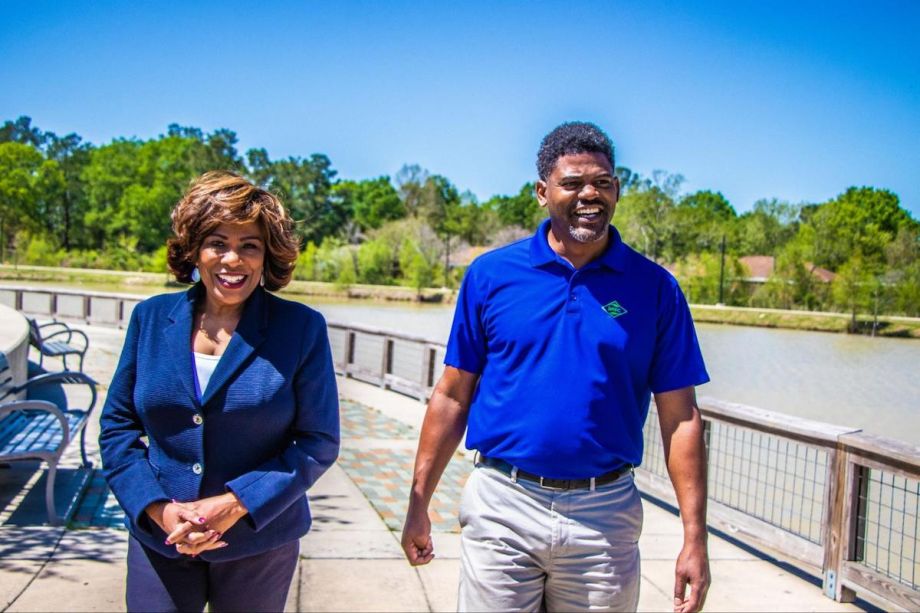
East Baton Rouge Mayor Weston Broome and BREC Superintendent Corey Wilson walk at BREC’s North Sherwood Forest Community Park. (Photo courtesy of BREC’s Communications Team)
The changes to the now award-winning park system are evident. “I would say that community engagement was indeed transformative,” says Mayor-President Sharon Weston Broome. “If you’re going to have any type of success in your city, community engagement is vital. It has to be a part of it.”
Today, Weston Broome and BREC are again turning to community engagement to unite the city around the goals of equitable investment and access to parks and green space. In 2021, BREC adopted a policy that requires and standardizes community engagement as part of the park decision-making process. The policy standardizes when and how community members should be engaged in park and system-wide decisions and provides consistency across the decision-making process. The goal is to go beyond park system data and reach out to communities most impacted by the lack of access to quality parks to ensure their voices are heard.
“We encourage our residents to get involved,” Weston Broome says. “We know that to have a city of peace, prosperity and progress we have to be dedicated and engage our community.”
The city of Fort Worth is another bright spot. As the nation’s fastest-growing large city, parks and open spaces are at risk of being consumed by development. The city was losing upwards of 50 acres of open space per week to this massive growth.
“If we’re not careful, one day we’ll wake up and it’ll be gone,” says Mayor Mattie Parker. Her vision is to make Fort Worth the most livable city in the U.S. The preservation of open space supports this vision. “We can offer a high quality of life. I know cities are facing this same sense of urgency — how our park space and open spaces can contribute to that quality of life for families to feel welcome in our communities.”
The city is working on a variety of projects that strike a balance between growth and preservation. Part of this strategy is securing adequate funding. In the last bond election, the city allocated $15 million to dedicate toward open space land acquisition, the first bond for open space in the city’s history. The city has already made several purchases, all in concert with community members.
“I’ve never run across anyone that didn’t believe in investments in parks and open space,” Parker says. “What we’re missing is how to fast-track those investments and how to partner with developers. That’s what we’re working on in Fort Worth.” The City Council recently adopted an economic development incentive that allows prospective developments to dedicate a portion of the funds they receive from city incentives to help the Open Space Program secure and preserve high-priority ecosystems throughout Fort Worth.
The city’s neighborhood and community park dedication policy is another way the city is finding balance between growth and preservation. The policy requires incorporation of park and recreation facilities into new residential development or expansion, ensuring that residents have access to close-to-home parks. All of this work is done through a lens of directing resources where they are needed most, by using data to identify need.
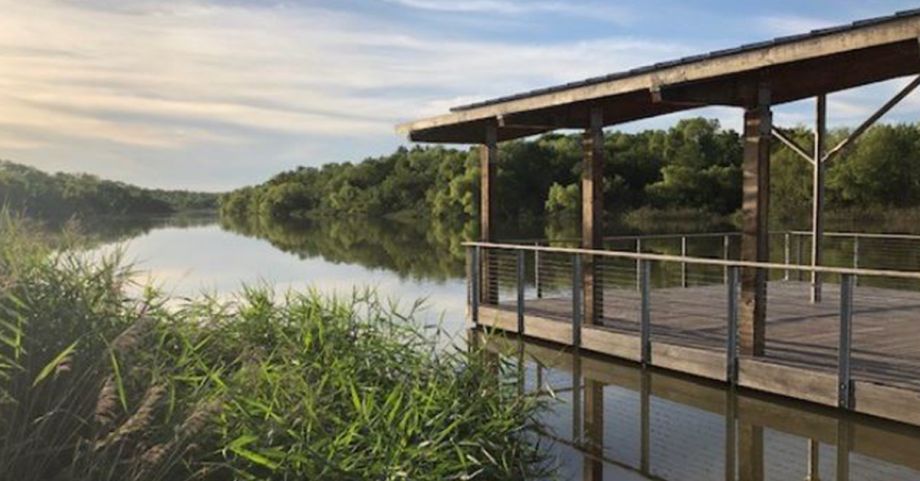
The Fort Worth Nature Center and Refuge (Photo courtesy of the City of Fort Worth)
The Future of Park Equity
One key way to address root causes of population-level disparities in access to quality parks and green spaces is through local policy change. The 10-Mintue Walk Program is helping cities accelerate actions and investment in park equity. The results of our policy scan will inform the development of best practices, model policies, tools and resources cities can use to bring park access to more residents, and to do so in more community-centered and equitable ways.
Mayors across the country understand the importance of this issue in building healthier, thriving, more equitable cities. In the words of Mayor Parker, “When I think about watching my son ride his bike to the park, have that sense of independence in a safe environment, and I have that for my family — that is something I want for every child in my city.”
Bianca Shulaker is the Parks Initiative Lead and Senior Director of the 10-Minute Walk Program at Trust for Public Land.
Morgan Hughey, Ph.D., M.P.H., is an Associate Professor of Public Health and Faculty Fellow at the Riley Center for Livable Communities at the College of Charleston.
Kendra Stewart, Ph.D., M.P.A is Professor of Political Science and Director of the Joseph P. Riley, Jr. Center for Livable Communities at the College of Charleston.

